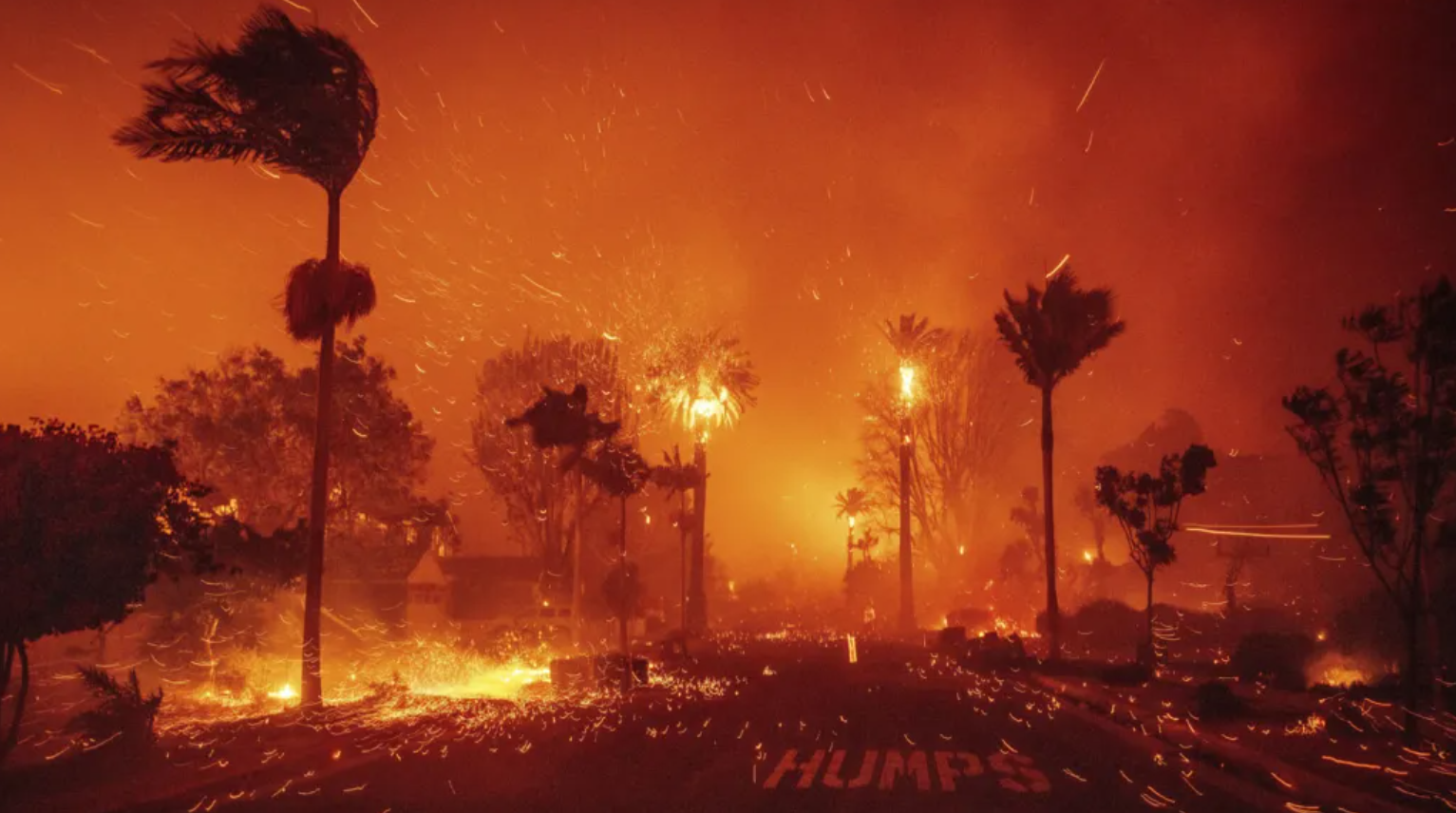
The state's fire protection infrastructure is among the most advanced in the nation. The California Department of Forestry and Fire Protection (CalFire) operates with a $4 billion budget and is backed by highly trained personnel. The state's building codes enforce strict wildfire-resistant standards, and homeowners in high-risk areas are required to create defensible spaces around their properties. Many Western states lack such regulations due to political resistance.
However, the scale of destruction witnessed this week suggests that these measures may no longer be enough. Experts warn that climate change is intensifying wildfires, outpacing even the best efforts to mitigate their impact. Joshua Saks, an adaptation expert at Georgetown Climate Center, notes that increasing climate-related disasters are pushing communities to their limits. "The risk will always grow, and at some point, it will surpass what has been done," he said.
While some of the destruction may be attributed to logistical failures, such as dry fire hydrants and inadequate evacuation warnings, the broader issue is the worsening fire conditions. Rising temperatures are drying vegetation, creating more fuel, and making fires harder to control. A study of 60,000 wildfires between 2001 and 2020 found that fires are spreading more rapidly over time across California and other Western states.
There are two main approaches to adapting to wildfires. The first focuses on fortifying communities while maintaining their existing structures. California has excelled in this regard, implementing stringent building codes and vegetation management strategies. In response to a destructive wildfire in 1961, Los Angeles banned wooden shingles on homes and imposed stricter brush-clearing regulations. Over the years, these policies expanded statewide, with the 2008 building code mandating fire-resistant materials like stucco, concrete, and steel.
Despite these measures, older homes built before these codes remain at risk. Roy Wright, a former Federal Emergency Management Agency official, emphasizes that many communities remain vulnerable due to outdated construction. He argues that additional measures are needed, such as creating fireproof buffer zones around homes.
The second, more aggressive approach to adaptation involves significant changes to community structures and urban planning. This could mean removing trees to reduce fire spread, banning wooden decks and fences, or enforcing greater spacing between homes. However, these measures often face resistance due to cost, aesthetic concerns, and political pushback.
For instance, Los Angeles could implement a half-mile buffer zone between residential areas and surrounding forests to prevent embers from igniting homes. "What ultimately moves these fires is the ember comes in, ignites a house, and then that house produces embers that spread further," Wright explained. "If there's nothing for the embers to ignite, the fire stops."
Another potential strategy is restricting construction in high-risk areas. However, local governments often approve developments in fire-prone regions because they generate property tax revenue. Kate Gordon, a former climate adviser to California Governor Gavin Newsom, argues that the latest wildfires may force policymakers to reconsider where new homes are built. "Continuing to operate as if these events are outliers is devastating," she warned.
Managed retreat—paying homeowners to relocate away from high-risk areas—has been used for flood-prone regions but rarely for wildfires. Some experts believe this approach should be seriously considered for communities facing repeated fire threats.
Ultimately, the most radical form of adaptation may be accepting that some areas are simply too dangerous to inhabit. Michele Steinberg, the wildfire division director at the National Fire Protection Association, suggests that communities like Hollywood Hills, which were not originally designed with wildfire risks in mind, may no longer be viable. "It's not a place I would ever develop homes," she said.
The challenge is balancing economic and social factors with the need for safety. With median home prices in Hollywood Hills reaching $1.8 million, residents may resist relocation. However, Steinberg stresses that officials must be honest with homeowners about the risks. "There's not a way—in an extreme wildfire—that we can do anything for you. You just need to know that," she said.
As wildfires grow more intense, California and the rest of the country must confront difficult decisions about adaptation. The events unfolding in Los Angeles serve as a stark reminder that even the best-prepared communities may struggle to withstand the growing dangers of a warming world.